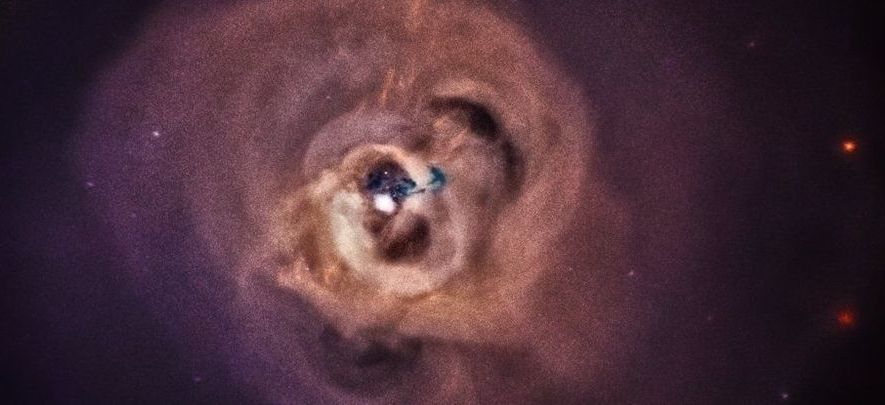Greetings everyone! The Futures Agency (my company) recently launched the new digital conference series which is generating huge interest from around the globe; the last one had 650 signups and 330 people attending. Not only are these events utterly needed and appreciated as we are all fighting the lock-downs, loss of income and many other consequences of covid19, I think that online conferencing will be a huge business, going forward . We are currently using the amazing Zoom.us platform for our events, but are investigating many other ones as well, such as Vimeo Live, Crowdcast and Lifestorm. I think we won’t ever give up meeting each other in real-life but online meetings and conferences will certainly become the new normal.
So join me for our next event, details below (Zoom direct sign-up is here)
We must keep meeting, learning and collaborating - if we fail to adapt we will fail to exist:)
Greetings from Zürich and stay well!!
Gerd Leonhard
Futurist & Humanist, Keynote Speaker Author of “Technology vs. Humanity”








